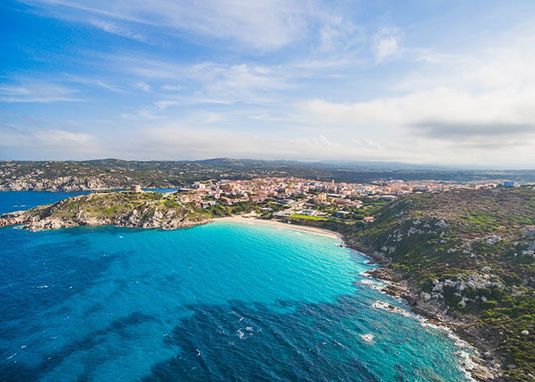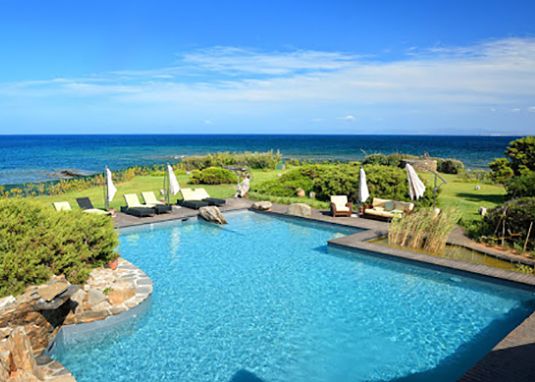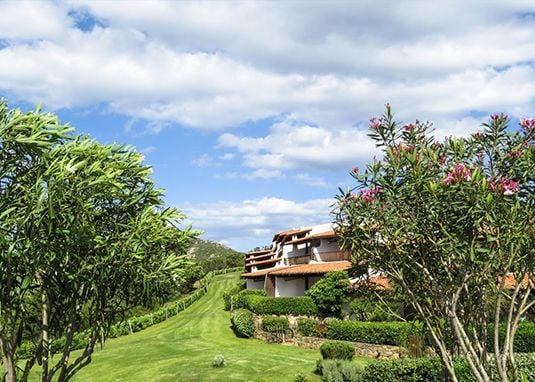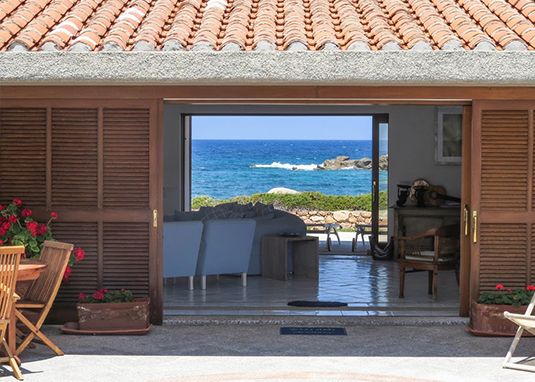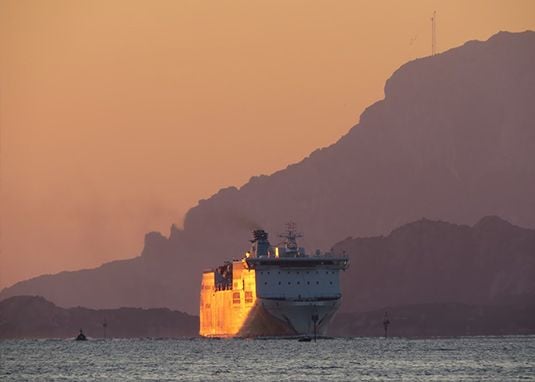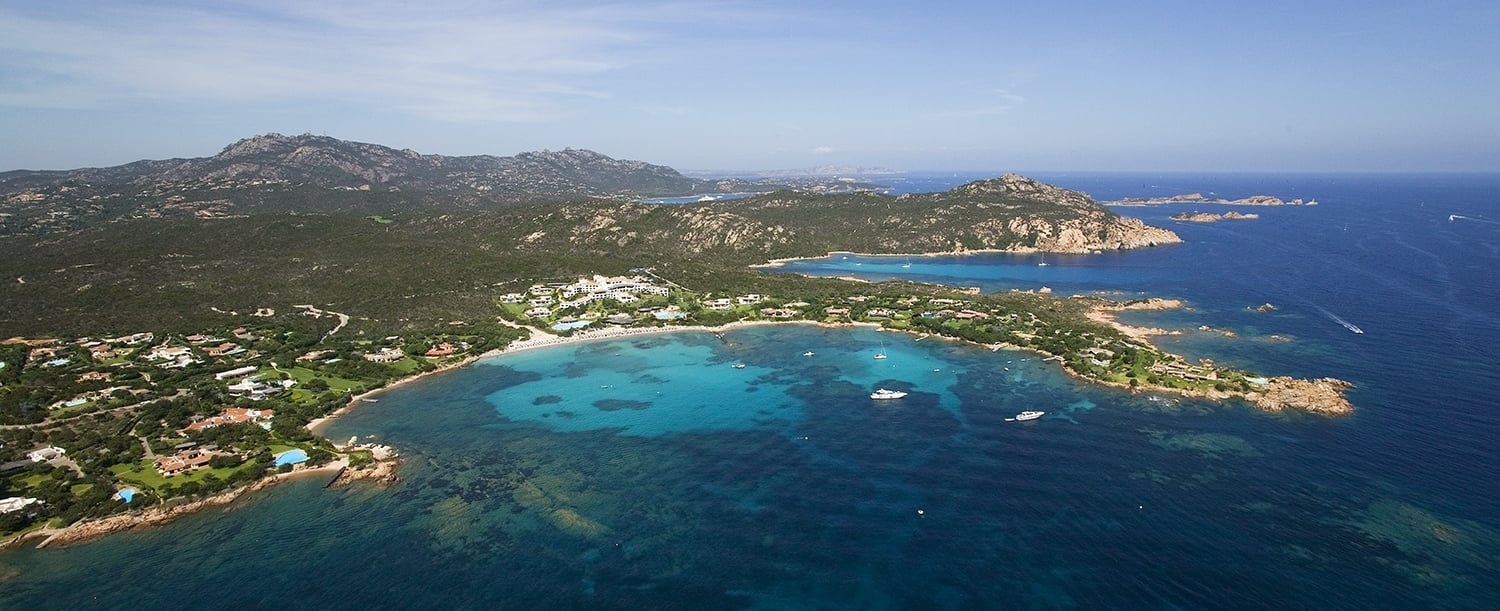
FINDEN SIE IHR HAUS IN SARDINIEN
Gallura : eine Geschichte in jedem Detail geschrieben
Origins & Stone Age
Ancient historians described the island as a free thriving land, with a rich civilization and luxuriant agriculture. Since its origins, shipping routes to Sardinia were widely known and used, because of its natural resources, which attracted a massive turnout from the Italian peninsula and the Mediterranean area.
The most ancient presence of man in Gallura region dates back to the Neolithic period. Anyway, one of the most interesting times is the one between the 1600 and the 600 B.C. .At this time, Sardinia and Gallura were the cradle of the Nuragic Civilization, which disseminated Sardinia of its charming Nuraghi (impressive constructions made of rocky blocks) and still represents one of the most mysterious and enigmatic moments of Sardinian history.
Among the most admirable remains of this civilization there is a wide number of archaeological sites in the area of Arzachena, which can really make their visitors travel back in time, like: Nuraghe Albucciu, Tempietto Malchittu, Reggia Nuragica and Tombe dei Giganti di Li Longhi, together with the necropolis of Circoli di Li Muri and the archaeological complex of Lu Brandali, near Santa Teresa di Gallura.
Phoenicians in Sardinia
Around the 10th century BC, Sardinia began to weave trading (and even political) relations with other peoples of the Mediterranean area. Among them, Phoenicians were from the eastern Mediterranean basin. These experienced sailors and merchants founded several colonies, which then became important commercial basis. Sardinian fertile land and mineral resources of the South attracted this civilization.
Small settlements that Phoenicians employed as seaports became cities over time. Olbia, for example, was a fortified position of their and it seems that it was named after the Phoenician El-bi ("the happy one").
The relationship between Sardinians and Phoenicians was a cultural and social resource for locals. Phoenicians provided them with writing, the concept of "city" as a form of community organisation and religious cults more modern than the Nuragic one. Thanks to Phoenicians, Sardinian also learnt new farming, fishing and salt mining techniques.
Roman period
After the Roman conquering of Sardinia, which happened in 238 BC, the city of Olbia, which was founded in the Punic period, acquired considerable importance because of the presence of its seaport that was the closest to the Italian peninsula among the Sardinian ones.
Among the most important remains of the Roman period in Gallura there are the mines of Capo Testa, which testify the granite extracting activity that was linchpin of the local economy in Roman times. At this historic time, what would then have become the most typical characteristics of the Sardinian culture delineated, such as the language, which bears strong features of Latin still today.
From the Judicature of Gallura to the Kingdom of Sardinia
During the mediaeval period, Sardinia was divided into four kingdoms or judicatures: Cagliari, Arborea, Torres and Gallura. Each king (or judge) ruled over its own judicature. The Byzantine Empire initially represented the Gallura one, but they became independent around the 1000 AC.
The capital of the Judicature of Gallura was, traditionally, Civita, a town that was rebuilt on the ruins of the ancient Olbia. At this time, the crisis of the Saracens’ fleet dominance led to a rediscovering of the Sardinian sea routes. Merchants and sailors, mainly from Liguria and Tuscany, returned to the island, attracted by its wealth.
In 1296, the Judicature of Gallura went under the control of Pisa.
In 1297, the Kingdom of Sardinia was established. It had a long intricate life (until 1861, when Italy was unified), which is usually distinguished into three phases: a Catalan-Aragonese (1324-1479), a Spanish-Imperial ( 1479-1713) and a Savoy (1720-1861) ones.
The Catalan-Aragonese period corresponded to the abandoning of Civita (which became Terranoa) and, consequently, to the depopulation of the coastal area, which was at risk of pirate raids. It therefore led to the development of inland areas and of the city of Temple.
From the 20th century to the contemporary period
With the advent of the 20th century, the settlement trends turned in favour of the coastal area and of the city of Olbia, also thanks to the improved connections.
In 1962, Costa Smeralda was born. This event deeply marked the destiny of Gallura.
This land, in fact, underwent a deep transformation, which changed its malarious uncultivated fields into a beautiful garden over the sea: a jewel oriented to the international tourists, which is admired and envied around the world. Gallura thus became a favourite tourist destination in the Mediterranean area, growing dramatically to become the richest and most flourishing area of Sardinia.



